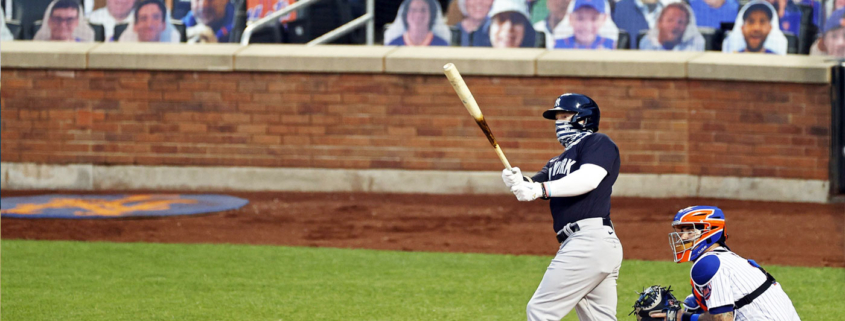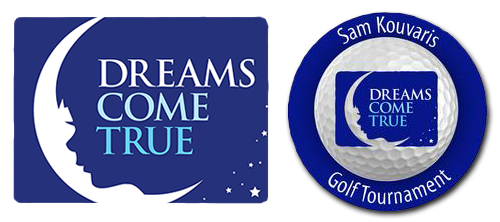No Fans Changes The Game
As we inch closer to the proposed opening of the NFL season, teams are also getting closer to a decision whether to allow fans to attend games. No fewer than a dozen franchises have already announced they’ll play with without fans in attendance for the first few weeks. Some have said no fans for the month of September. And a few have announced they’ll play in front of an empty stadium for the entire season.
So far, the Jaguars have said they’re plan is to allow 25% of the stadium’s capacity for home games, meaning 16,791 fans would be allowed in an arena built for nearly 70,000. That could change, but just last week the Jaguars sent ticket holders their seat assignments for the 2020 season.
Watching athletes perform in front of tens of thousands in person and millions more on television seems routine. But even for those who have reached the highest level of competition, there was still that first time they walked onto a field and said to themselves, “Whoa. There’s a lot of people here.”
“I think more than anything else, the butterflies prior to the game were at the highest of anytime throughout my entire playing career,” former Jaguars Pro Bowl and Florida All-American running back Fred Taylor said of his first time going onto Florida Field as a freshman for the Gators.
When Taylor first came to the Jaguars I asked him about playing in front of big crowds in Gainesville. Taking the field against New Mexico State for the Gators opener in 1994, Fred said emerging the tunnel, “It was the most people I’d seen in one place in my whole life. I literally couldn’t breathe, couldn’t catch my breath.”
Obviously Taylor learned how to use those emotions to his advantage. He was the top running back for Florida that year as a freshman and is the Jaguars all-time leading rusher.
Coming out of high school, former Jaguars Tight End Kyle Brady was considered the top recruit in the nation. He had played in big high school games with decent crowds, but nothing prepared him for going onto the field at Happy Valley at Penn State for the first time.
“It felt like lightning was going through your veins. You never forget the first few times,” Brady, an All-American, for the Nittany Lions, said. “When I played there, Happy Valley held 96,000. The chills you get up your spine. You could run through a brick wall.”
Former Major League catcher Rick Wilkins had an eleven year career in the big leagues. He was a mid-season call up from Iowa to the Chicago Cubs and spent his first game on the bench in the dugout at Wrigley Field taking it all in.
“The next day I got my first start in the big leagues and it was overflowing at Wrigley. Stands full, people standing on rooftops,” Wilkins remembered in vivid detail. “I remember my first at bat, I could swear everybody on the planet could see my knees shaking. I was so hyped up and wanted to do so well, I couldn’t dial my adrenaline down.”
The Cubs manager at the time, Jim Essian, teased Rick after the game about finding “a higher league for you to play in to catch up with your bat speed,” Wilkins recalled.
“I started again the next day against the Dodgers and settled down a little bit, went three for three. But I struck out in my first two at bats in the majors.”
When his pro career started, Taylor said he had those same, intense feelings running on to field here in Jacksonville
“The adrenaline rush was extreme to the point tears would come to my eyes,” he explained.
Fred also explained how he got his mind and body under control, ready to play.
“Once the competitive juices begin to flow, the adrenaline takes over and I would always go to my happy place. I called it, ‘Kick-Ass Island.’”
That ‘game day” experience, especially in football with so few games, is something recognized by fans and players alike.
“It’s going to make the game day experience not as lavish, not as grand,” Jaguars tight end James O’Shaughnessy said this week at the prospect of playing in front of no fans. “The game day feeling is a special feeling, it’s what you work every day, week, after week, month after month, to get to that game to showcase what you can do, in front of all these eighty, 70-thousand fans in person, and millions of fans on the TV.”
Jaguars Head Coach Doug Marrone says with spectators or not, players at the highest level in any sport come to each game fully prepared. As a big baseball fan, Marrone has talked with managers and coaches in the big leagues about getting players ready to play in front of different size crowds and says the approach is the same in any sport.
“I think it goes from individual to individual,” Marrone said. “Meaning that if you used those situations to help you perform, then you’ve got to find a different avenue to help yourself there.”
“But if you’re the guy that’s really focused in on your job, it wasn’t a big deal,” he continued. “A lot of the players at that level, they’re focused in, they’re locked in, they’re working with each other.”
Brady and Wilkins agree. Professional athletes who get to, and stay at the highest level know how to get themselves prepared to be at their best at game time.
“It’s part of human nature to react to your environment,” Brady, who spent 13 years in the NFL, explained. “But as a professional you’re preparing for each game as the most important game of your career. Because it is. In the NFL, it could be your last. Some guys do feed off the crowd but I don’t think at that level you’ll see much drop off in performance.”
Wilkins was the fifth catcher in Major League history to hit 30 homers and hit .300 in the same season when he accomplished that feat in 1993. (Since then there have four others.) He believes, like Brady, that part of staying at the highest level is knowing how to prepare.
“You develop a routine, you find a routine that works for you,” he explained.” I knew I needed to get myself mentally, physically and emotionally prepared to go on the field and be my best for every game. Most big leaguers internalized that process to get ready.”
As far as feeding off the fans, or lack thereof at the stadium or ballpark, every player reacts differently.
“It’s the world we live in now, we’ve just got to handle it,” O’Shaughnessy explained. “And us as players, we’ve just got to rise up to the challenge, because I think it will bring a little bit of a challenge for most because it’s a new thing. But at the end of the day, it doesn’t change our job. We still have to come in and win, whether it’s a home game, road game, fans, 20-percent, no fans.”
“Every ball park has its own energy,” Wilkins added. “When I went on the field at game time, some players pick up on that and it helps some take their game to another level. On the road it can be negative energy, at home it’s constructive and positive. If you’re in New York and they’re throwing batteries at you it gets some of your juices flowing. At game time your body starts to react and it’s a magnifier to get you ready to play.”
Fred Taylor understands the severity of the current situation but wants to see some fans at the games.
“Because of those feelings I had, I’ve always been a proponent of having fans in the stands,” Taylor said. “I can’t imagine playing in an empty stadium. Football will be weird this year but I’m sure the guys who love competing will black it out and in their minds, bring their own fans with them.”
“Some guys feed off of that in pregame and others think it’s a distraction,” Wilkins said of the stadium environment. “I’m sure for some guys it’s an issue. But guys on the professional level have their own thing, they’re ready to compete and play the game with or without fans. It’s a great relationship you have with the fans at the game but the players are still going to be professional.”




